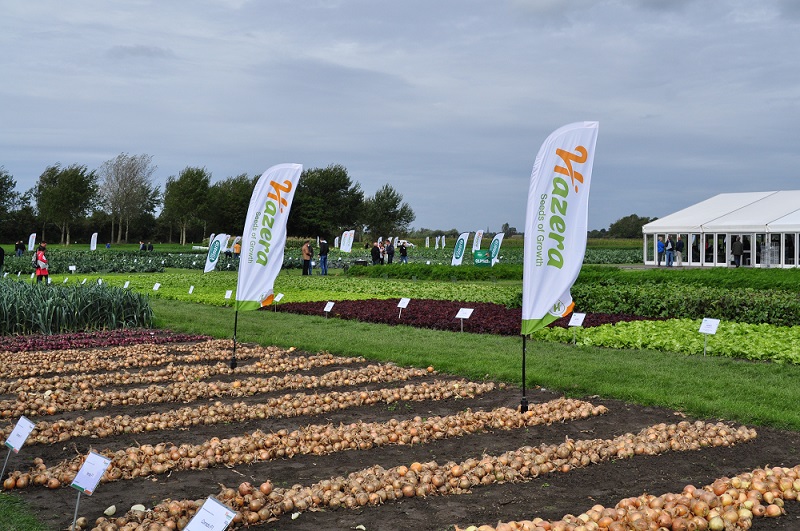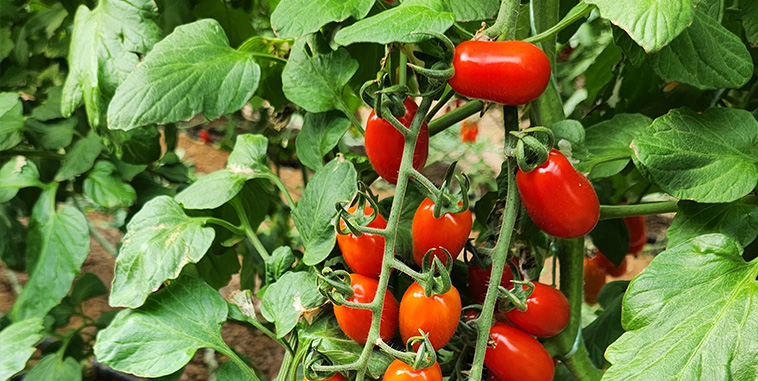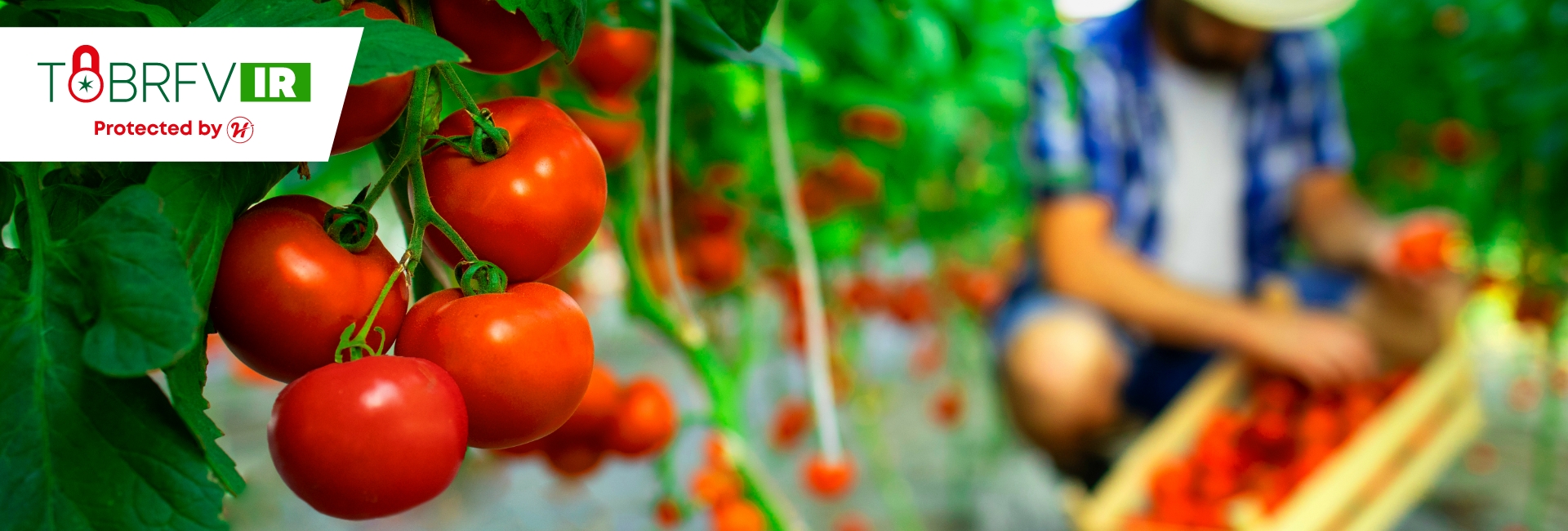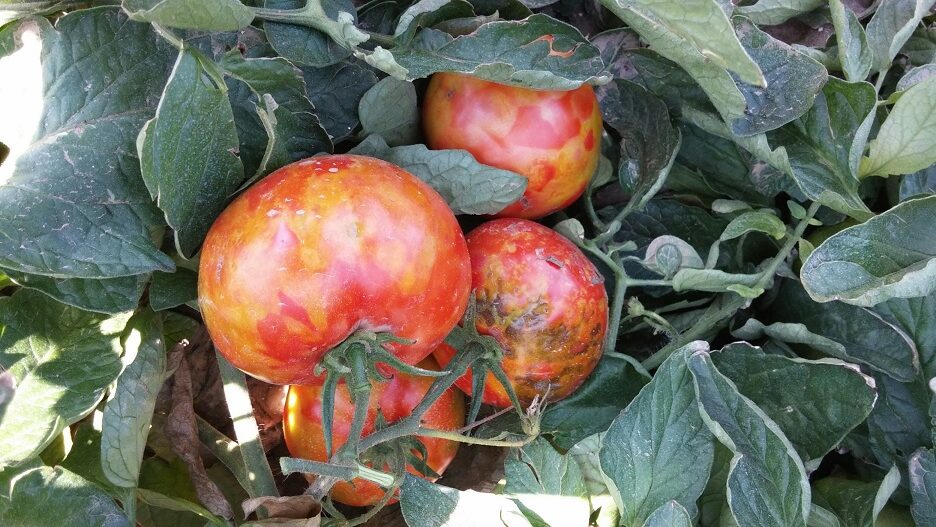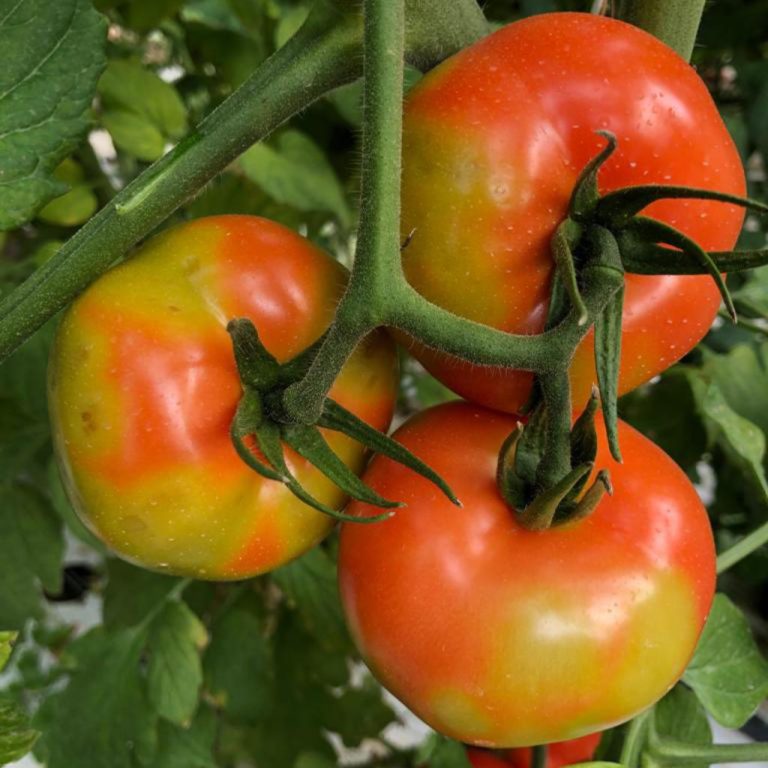ToBRFV is a constant threat to growers worldwide as it significantly reduces yields, affects the quality of the fruit, and systematically infects other plants. It is a very transmittable virus that can infect through soil, tools, water, and people’s contact. Hazera has been tackling this threat with its ToBRFV IR varieties- the optimal balance between protection and performance – which provide growers with an effective tool to face the highly infectious virus.
Guillermo Briseno, General Manager in Mexico tells us how the ToBRFV varieties changed the tomato market in Mexico.
Market overview prior to ToBRFV resistant varieties
“The Mexican tomato market before ToBRFV, was a regular market with its challenges on yield, quality, regular diseases for which we had the majority of the resistances and so on.”
How did the new virus impact the market?
“After ToBRFV, the course of tomato producing practices has changed dramatically in Mexico and in the whole world. At the beginning, it was an unknown enemy that was confused many times with TSWV or similar symptoms diseases. ToBRFV is a game changer in the industry. It requires plants to have a strong resistance as that is the main factor for growers to be able to produce tomatoes.”
What are the tomato growers looking for today?
“When the first ToBRFV-resistant varieties were launched by the different companies, there was always a strong doubt from the growers, about whether the resistance was strong enough or not, or how the behavior of the plants would be related to all the rest of the traits such as quality, quantity, vigor, size, fruit coloring etc. As of now, growers are looking for the optimal balance of protection plus performance of the ToBRFV-resistant varieties; So, it is important to supply growers with varieties that can provide on one side resistance and on the other side a good performance that can provide the growers a profitable business.”
Recognition of Hazera’s Efforts
“Hazera has a good position on the ToBRFV tomatoes in particular the indeterminate roma and grape tomatoes slots. We have now two indeterminate tomato varieties Canelo and Pendragon that show good performance and add value to the growers. In addition, we are now adding long shelf life to grape tomato varieties that require a high demand of labor to support growers as well with lower labor needs, resistance, and performance. At Hazera, we will continue working on this desired balance that can assure growers to continue profitable seasons and bring more and more varieties in the different slots that can provide performance and resistance.”
Would you like to learn more about the market in Mexico or have other questions? Contact us!


